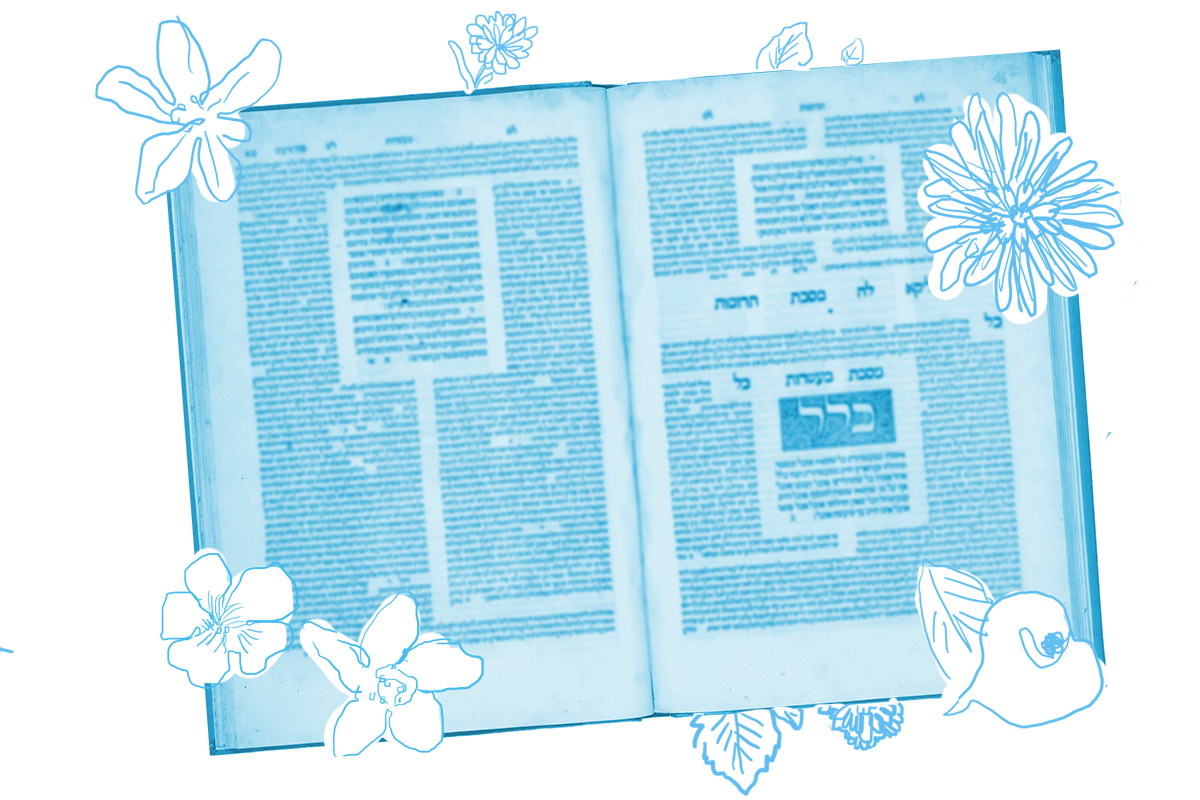In ancient Israel, priests (kohanim) passed on their status through the male line. The sons of priests were also priests, and so on. There were also restrictions on who a priest could marry — neither a prostitute (zonah) nor a divorcee, according to the Torah (Leviticus 21:7). A mishnah under discussion on today’s page expands the circle of women disqualified from marrying a priest under the category of zonah to include a female convert, a freed maidservant and any woman who engages in a forbidden sexual relationship, including an adulteress.
Determining if a woman was a divorcee was relatively easy. But how could one know if she’d ever participated in a forbidden sexual relationship? The Gemara suggests the priest could have her undergo the sotah ritual — an ordeal designed to ferret out a suspected adulteress. According to Numbers 5, if a man suspects his wife of adultery, he can bring her to the Temple where the priests force her to drink a potion of “bitter waters” that will cause her “belly to distend and thigh to sag” if she is guilty. If she is innocent, she will be unharmed.
By making a woman do this, the rabbis state, the priest can be assured that she:
… did not go astray while she was: betrothed, or married, or a widow waiting for her yavam, or a fully married woman.

Help us keep Jewish knowledge accessible to millions of people around the world.
Your donation to My Jewish Learning fuels endless journeys of Jewish discovery. With your help, My Jewish Learning can continue to provide nonstop opportunities for learning, connection and growth.
But the Talmud warns that a priest cannot betroth a woman and then force her to go through the ordeal of sotah to ensure she is worthy of marriage. Why? Because, as the text says:
The halakhah of the sotah waters applies only to married women.
Even though she is his betrothed, and we know this has a great deal of legal force, she is not yet his wife — so he doesn’t yet have the right to make her go through the sotah trial, designed specifically for wives of jealous husbands.
One would think then that the priest should simply marry this woman, and then have her go through the ordeal to confirm her fitness. However, the Gemara points out, if she was guilty of improper sexual relations, he will have already transgressed simply by marrying her. And this, curiously, would also invalidate the trial, according to a beraita (early teaching) on the page:
When the man is clear of iniquity the waters examine his wife, but if the man is not clear of iniquity the waters do not examine his wife.
This leaves the marriage-seeking priest in a bind. If he performs the sotah ritual before marriage, it is ineffective because his betrothed is not yet his wife. If he performs it after marriage, then it might be too late if she’s guilty, and in that case would also be ineffective. Not testing her is risky too. What can he do?
The only way a priest can avoid marrying a woman who has had improper sexual relations, say the rabbis, is by marrying her and then testing her before consummating the marriage. Needless to say, this seems at minimum an awkward or difficult way to begin a marriage. But, according to the halakhah, it is the only way for a priest to avoid transgression and preserve the priestly line.
Read all of Yevamot 58 on Sefaria.
This piece originally appeared in a My Jewish Learning Daf Yomi email newsletter sent on May 4th, 2022. If you are interested in receiving the newsletter, sign up here.



